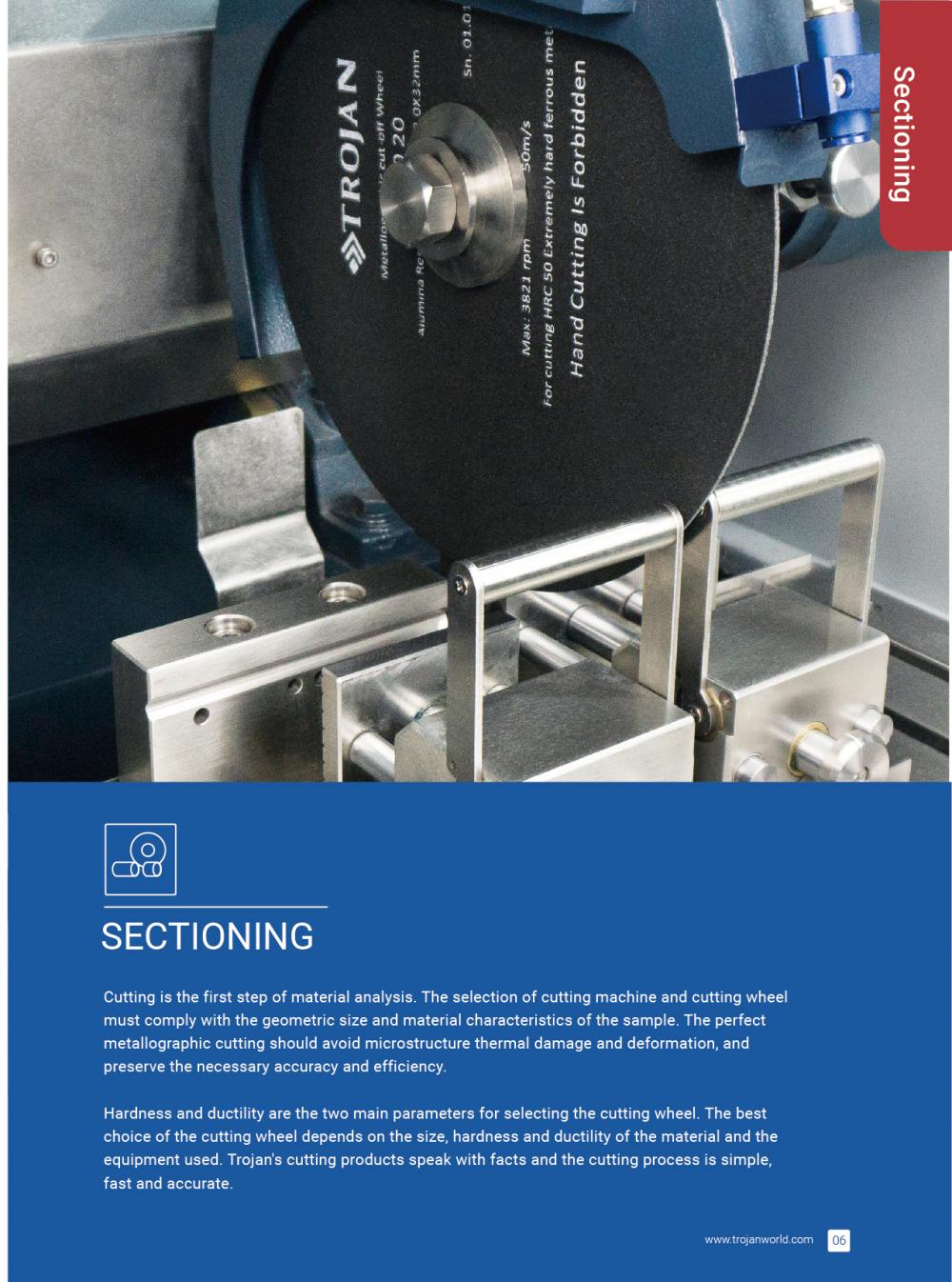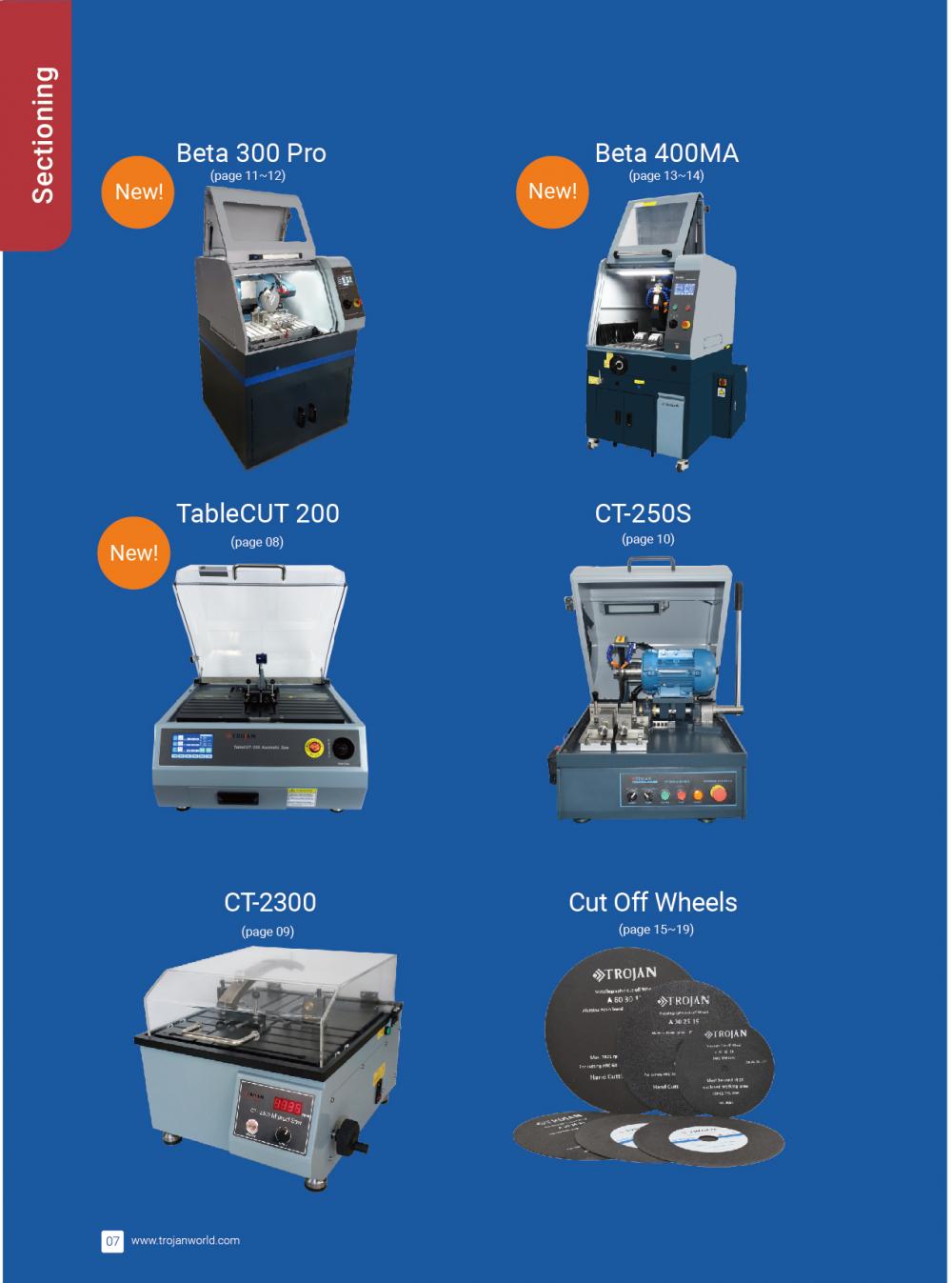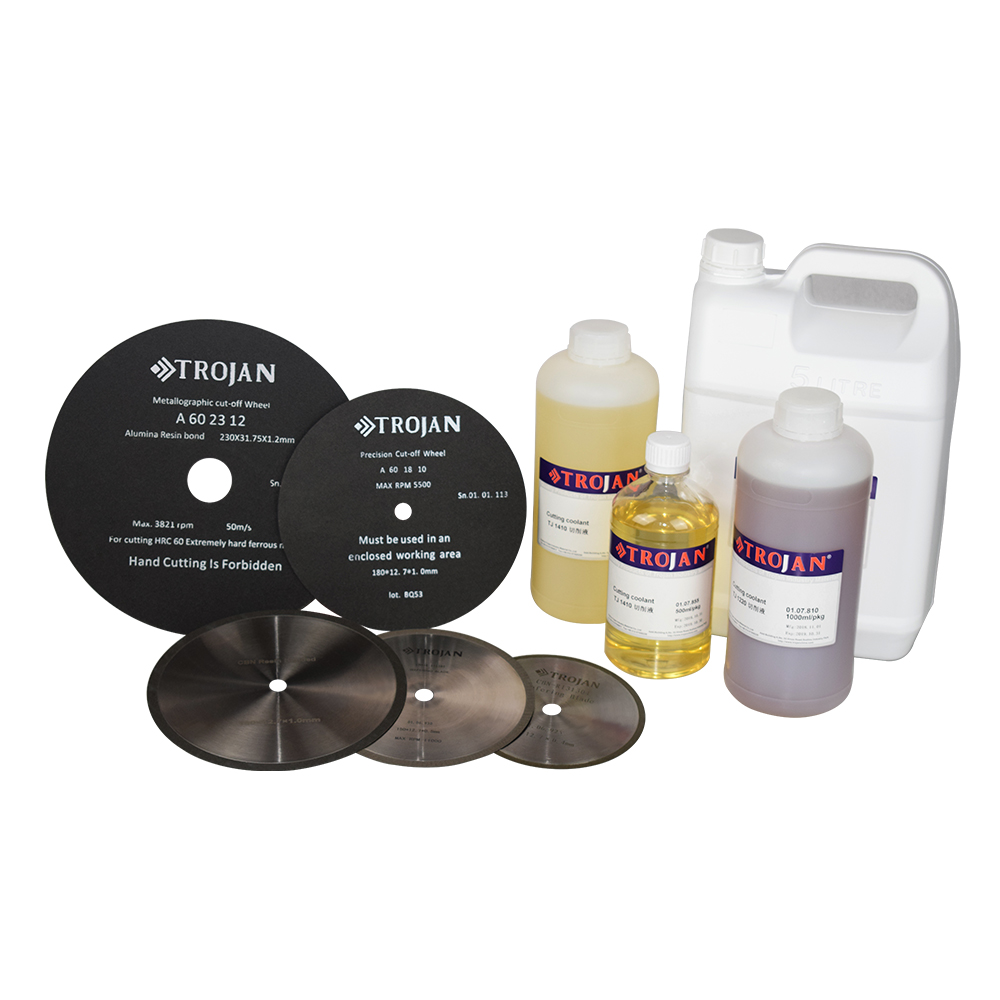â— The temperature of the fluid must be less than the calibrated temperature of the solenoid valve.
â— The solenoid valve allows the viscosity of the fluid to be generally below 20CST.
â— Working pressure difference, when the maximum pressure difference in the pipeline is less than 0.04MPa, direct acting type such as ZS, 2W, ZQDF, ZCM series, etc. should be selected; when the minimum working pressure difference is greater than 0.04MPa, pilot type (differential pressure type) electromagnetic valve can be used The maximum working pressure difference should be less than the maximum calibration pressure of the solenoid valve; general electromagnetic valve is one-way work, so pay attention to whether there is back pressure difference, if installed check valve.
â— If the fluid cleanliness is not high, install a filter in front of the solenoid valve. Generally, the electromagnetic valve requires better cleanliness of the medium.
â— Pay attention to the flow aperture and the nozzle diameter. The solenoid valve generally only has two control switches. If the conditions permit, install the bypass pipe to facilitate maintenance. When there is a water hammer phenomenon, you must customize the opening and closing time of the solenoid valve.
â— Pay attention to the influence of the ambient temperature on the solenoid valve.
◠The supply current and power consumption should be selected according to the output capacity. The supply voltage is generally allowed to be ±10%. It must be noted that the VA value at the time of AC start is high.
Reliability â— The solenoid valve is divided into two types, normally closed and normally open. Normally, the normally closed type is used. The power is turned on and the power is off. However, the normally open type should be selected when the opening time is long.
â— Life test, the factory is generally a type test project, to be exact, there are no professional standards for solenoid valves in the country, so use caution when choosing a solenoid valve manufacturer.
â— Very short operation time When the frequency is high, the direct-acting type is generally selected, and the large-caliber selection is used for the fast series.
Safety â— General electromagnetic valve is not waterproof, please use waterproof type when the conditions are not allowed, the factory can be customized.
â— The highest nominal pressure of the solenoid valve must exceed the maximum pressure in the pipeline, otherwise the service life will be shortened or other unexpected situations will occur.
â— Corrosive liquids should be made of full stainless steel type, and strong corrosive fluids should use plastic king (SLF) solenoid valves.
â— The explosion-proof environment must use the appropriate explosion-proof products.
Economical â— Many solenoid valves can be used universally, but the most economical products should be chosen on the basis of meeting the above three points.
The structural principle of the solenoid valve
Direct acting solenoid valves are normally closed and normally open. Normally closed type when the power is off, when the coil is energized, electromagnetic force is generated, so that the moving core overcomes the spring force and the static iron core directly opens the valve and the medium is the passage; when the coil is powered off, the electromagnetic force disappears, and the moving iron disappears. The core is reset under the action of the spring force, and the valve port is closed directly, and the medium is blocked. Simple structure, reliable operation, normal operation under zero differential pressure and micro vacuum. Normally open type is the opposite. If less than φ6 flow path solenoid valve.
Step-by-step direct-acting solenoid valve The valve adopts one-time valve opening and two-time valve opening. The main valve and the pilot valve step by step make the electromagnetic force and pressure difference directly open the main valve port. When the coil is energized, an electromagnetic force is generated to cause the moving iron core and the static iron core to pull in. The pilot valve port is opened and the pilot valve port is disposed on the main valve port, and the moving iron core is connected with the main valve core. At this time, the main valve is The pressure of the chamber is unloaded through the pilot valve port. Under the action of pressure difference and electromagnetic force, the main valve core moves up and the main valve medium is opened to circulate. When the coil is de-energized, the electromagnetic force disappears. The power core closes the main valve under the action of its own weight, spring return and pressure, and the medium is cut off. Reasonable structure, reliable operation, reliable operation at zero differential pressure, and reliable operation at zero differential pressure. Such as: ZQDF, ZS, 2W.
Indirect Pilot Solenoid Valves This series of solenoid valves is formed by combining a pilot valve and a main valve plug to form a channel; a normally closed type is closed when it is not energized. When the coil is energized, the generated magnetic force causes the moving iron core and the static iron core to pull in, the pilot valve opening is opened, and the medium flows toward the outlet. At this time, the pressure of the upper valve of the main valve spool decreases, which is lower than the pressure of the inlet side to form a pressure difference. The resistance of the spring moves upwards to achieve the purpose of opening the main valve, and the medium circulates. When the coil is de-energized, the magnetic force disappears and the moving iron core moves downwards under the action of the spring force, closing the main valve port. The normally open principle is just the opposite. Such as: SLA, DF (φ15 above diameter), ZCZ and so on.
Cutting consumables
Selecting the right cutting wheel will help to ensure fast cutting, no structural changes to the cutting wheel or sample due to overheating or deformation, and improve cutting wheel wear, thereby helping to reduce costs. All of our cutting wheels, blades, additives and other cutting consumables have been developed specifically for metallographic cutting, including state-of-the-art abrasive wet cutting technology and precision cutting.
No structural change
Does not overheat
There is no deformation
There are various cutting wheels to choose from, suitable for all types of material preparation.



Cutting Consumables,Metallography Consumables,Laser Cutting Consumables,Wire Edm Consumables
TROJAN (Suzhou) Technology Co., Ltd. , https://www.troolymaterial.com
